Water contamination in gasoline is a common issue that can lead to serious problems for your vehicle. It’s essential for every car owner to be aware of the symptoms associated with water in the fuel. Water can enter your gas tank from several sources, including condensation, poor sealing, and even low-quality fuel. Understanding and identifying the signs of water contamination can help you take action before your engine’s performance suffers. This article explores nine key symptoms of water in your gasoline and how to manage the situation effectively.
Understanding the Gasoline System
How the Gasoline System Operates
The gasoline system in your vehicle consists of several essential components, including the fuel tank, fuel pump, and fuel injectors. Each part plays a crucial role in storing and delivering fuel to the engine. The fuel tank stores the gasoline until it is needed. When the engine requires fuel, the fuel pump delivers it through the fuel lines to the injectors, which then atomize the fuel for combustion. Water contamination can disrupt this finely tuned system, affecting engine performance and efficiency.
Sources of Water in the Gas Tank
Understanding how water enters the gas tank is vital for prevention. Water can infiltrate through condensation that forms inside the tank, especially in fluctuating temperatures. Additionally, if the fuel tank is not sealed properly, rain or snow can seep in. Poor quality gasoline from certain stations may also contain water. Each of these sources increases the risk of contamination. Being proactive about fuel quality and tank maintenance can help mitigate this risk.
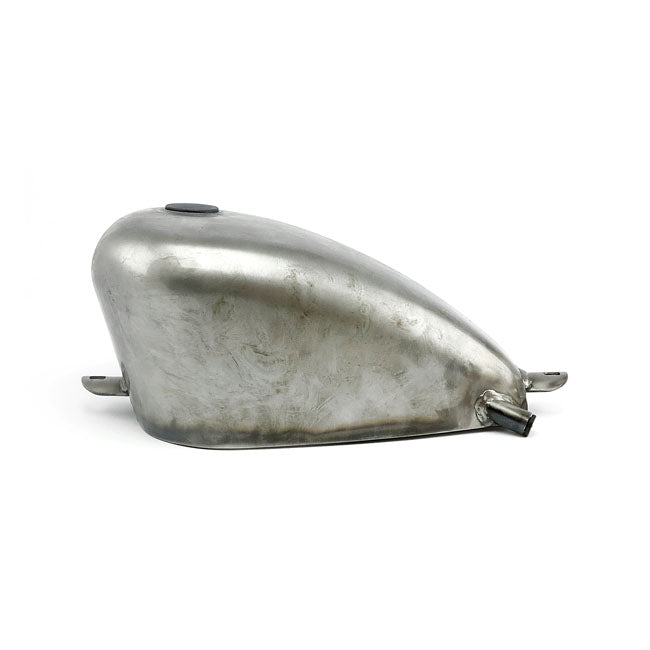
Key Symptoms of Water in Your Gasoline
1. Engine Performance Issues
One of the most immediate signs of water in your gas tank is engine performance issues. If you find yourself having difficulty starting your vehicle or notice it sputtering and stalling during acceleration, this might indicate water contamination. Water disrupts the combustion process critical for engine operation. If the water content in the fuel is significant, the engine might struggle to maintain power, leading to a frustrating driving experience.
2. Poor Fuel Economy
Another symptom indicating water in your gasoline is a sudden decline in fuel economy. If you notice that your vehicle is consuming more fuel than usual, it could be due to water mixing with the gasoline. When water is present, the fuel doesn’t combust efficiently, causing the engine to work harder to compensate. This extra effort translates to increased fuel consumption and more trips to the gas tank station. If you track your fuel efficiency, this symptom can alert you to underlying issues that need immediate attention.
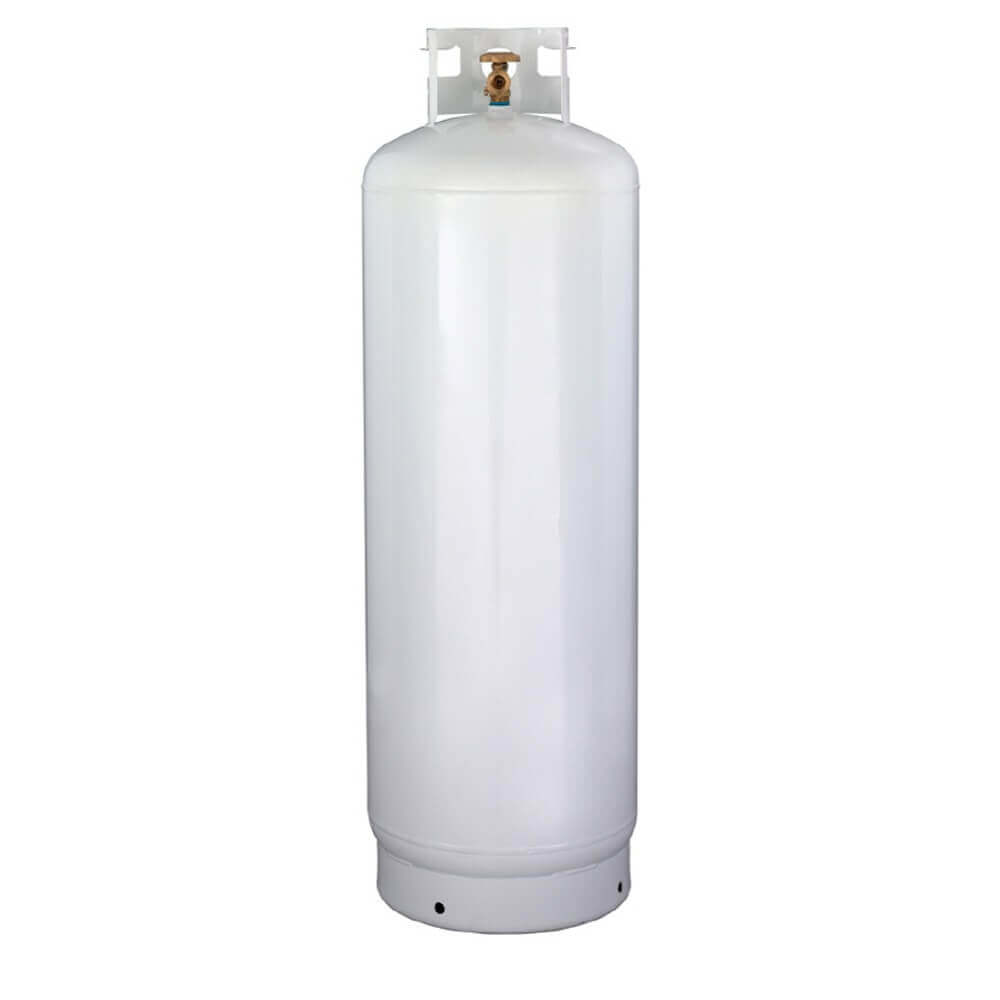
Additional Signs to Look For
3. Rough Idling
Rough idling can be a clear indication of water in your gasoline. If your engine struggles to maintain a steady idle or feels unsteady when at a stop, it may be due to water interfering with the combustion process. Water can cause the engine to misfire, leading to vibrations or erratic behavior. Monitoring your vehicle’s idling quality is essential for noticing potential fuel contamination issues early on.
4. Check Engine Light
When there is water in your gasoline, your vehicle’s diagnostic system may activate the check engine light. This warning light serves as an indicator that something is wrong with your engine or fuel system. The onboard computer system is designed to detect irregularities in fuel delivery and combustion, prompting the light to turn on. If you see the check engine light illuminated alongside other symptoms, it is important to investigate the situation promptly for a comprehensive assessment.
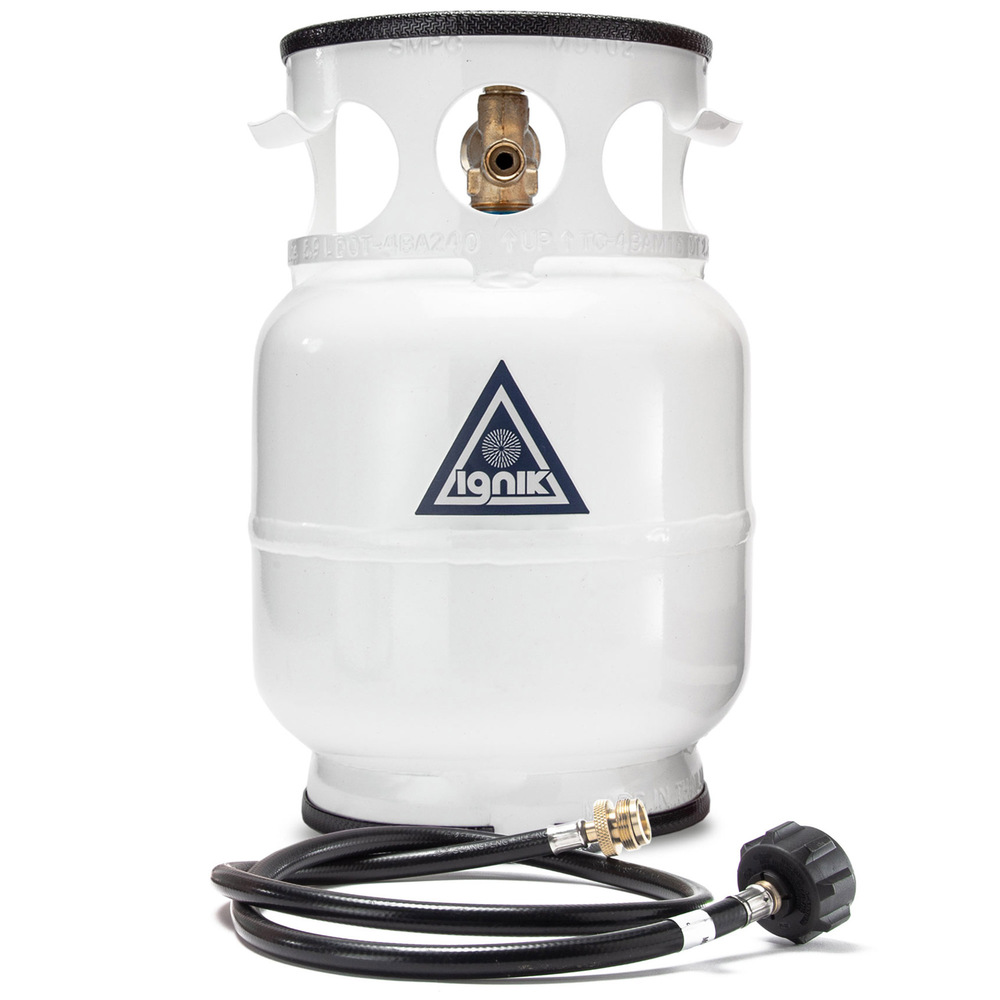
Identifying More Symptoms
5. Sudden Loss of Power
Experiencing sudden loss of power while driving can indicate the presence of water in your gasoline. If you feel a noticeable decrease in acceleration or responsiveness, water contamination may be affecting the fuel system. This can present a dangerous situation, especially while merging onto a highway or driving uphill. If you experience sudden loss of power, it’s crucial to pull over safely and assess the situation to avoid further complications.
6. Excessive Exhaust Smoke
Excessive exhaust smoke from your vehicle can also suggest gasoline contamination with water. If you start to notice gray or white smoke emitting from the exhaust pipe, it may be an indication that water is interfering with the combustion process. The combustion of water mixed with fuel can lead to incomplete burning, which translates into thicker emissions. Frequent excessive smoke could cause your vehicle to fail emissions tests, resulting in further complications and costs down the line.
Assessing and Addressing the Issue
7. Fuel Phase Separation
Another symptom of water contamination is fuel phase separation, which occurs when water settles at the bottom of your fuel tank. If you notice a milky appearance or stratification in the tank, this suggests that the water has separated from the gasoline. This phenomenon can lead to clogged fuel filters and injectors, further complicating your vehicle’s fuel system. Inspecting the appearance of your gasoline can help you catch this issue early, allowing you to address it before it escalates.
8. Fuel Filter Issues
Inspecting the fuel filter can be a valuable practice when determining if water has contaminated your gasoline. If your fuel filter frequently clogs, it may be due to trapped water and debris. A clogged fuel filter can restrict gasoline flow to the engine, affecting performance. Checking and replacing the fuel filter regularly can help maintain proper fuel flow and prevent complications associated with water contamination.
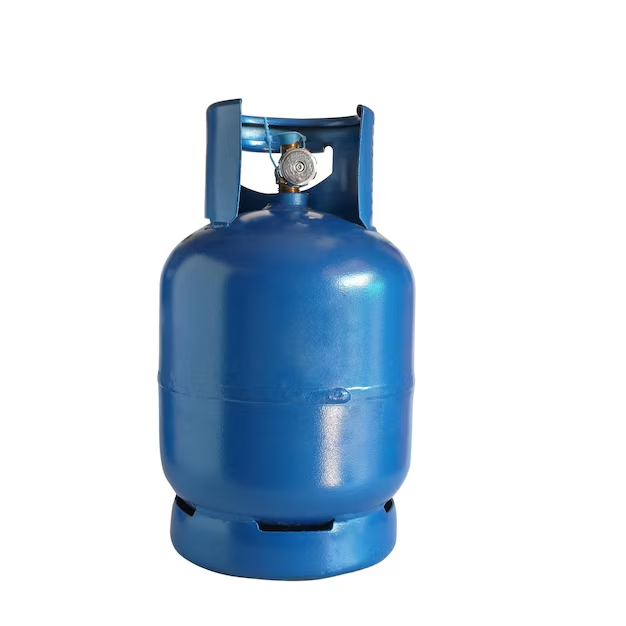
Prevention and Maintenance
9. Regular Fuel Quality Checks
To prevent encountering water in your gasoline, it is important to complete regular fuel quality checks. Whenever possible, fill your tank at reputable gas tank stations known for maintaining higher fuel cleanliness standards. Avoid purchasing gasoline from stations that consistently offer low-quality fuel or have a history of contamination issues. Regularly monitor your fuel system and monitor any unexpected changes, as prompt action can often prevent more severe complications down the road.
10. Periodic Fuel System Cleaning
Conducting periodic cleaning of your fuel system can enhance performance and prevent water-related issues. Fuel system cleaners help remove impurities and moisture, keeping your injectors and fuel lines in excellent condition. These cleaners can be found at auto parts stores and can be added to your fuel tank. Regular cleaning helps keep your fuel in top condition and can prevent the adverse effects caused by water contamination.
Seeking Professional Assistance
Consult a Mechanic
If you experience ongoing issues or suspect that water is in your gasoline, consulting a qualified mechanic is essential. A professional can thoroughly inspect your fuel system, perform diagnostics, and recommend suitable solutions based on their findings. They can also provide valuable advice on ongoing maintenance to help prevent similar issues in the future. By seeking professional assistance, you take a proactive approach to maintaining your vehicle’s performance.
Building a Relationship with a Trusted Mechanic
Establishing a relationship with a trusted mechanic can be highly beneficial for your vehicle’s long-term health. Working with someone familiar with your vehicle can provide insights into its unique needs. Regular visits for inspections and maintenance allow your mechanic to understand any recurring issues and suggest preventive measures tailored to your driving habits. This ongoing relationship can enhance your peace of mind, knowing that expert help is always available when you need it.
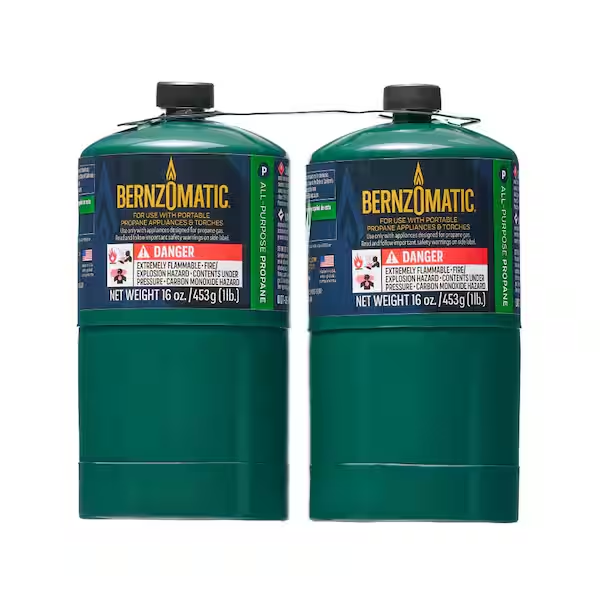
Understanding the Consequences of Water Contamination
Damage to Engine Components
Water in your gasoline can lead to serious damage to various engine components over time. When water mixes with gasoline, it can cause rust and corrosion in the fuel system, particularly in the fuel tank and fuel lines. Corrosion can lead to leaks, which further exacerbates the issues by introducing more contaminants into the fuel mixture. Over time, recurring exposure to water can diminish the lifespan of crucial engine components. Ignoring these risks can have significant financial implications, making it even more essential to monitor and address any signs of water in your gasoline.
Impact on Combustion Efficiency
The presence of water in gasoline disrupts the combustion process, leading to decreased fuel efficiency and engine power. When the fuel mixture is diluted with water, the engine struggles to generate the necessary power and torque. This dilution can cause an incomplete combustion process, resulting in lower energy output. The vehicle might exhibit sluggish acceleration, and the driver may need to push the accelerator harder, consuming even more fuel. Efficient combustion is critical for optimal engine performance, and any disruption from water can have cascading effects on the overall driving experience.
Long-Term Solutions to Prevent Contamination
Upgrading Fuel System Components
To prevent future water contamination, consider upgrading or replacing compromised fuel system components. For example, if your fuel lines or fuel filter are old or damaged, replacing them can help reduce the risk of water entering the system. Installing higher-quality filters enhances the filtration process, ensuring that contaminants are captured before they reach the engine. Investing in your vehicle’s fuel system health not only protects your engine but also improves its longevity. Proactively upgrading components safeguards against the problems associated with water contamination.
Fuel Additives for Prevention
Using fuel additives designed to combat water contamination can be a valuable strategy for protecting your engine. These additives are formulated to absorb any water present in the fuel and help to disperse it safely. They work effectively by preventing phase separation and reducing the risk of water damage to your engine. Regularly using fuel additives as part of your maintenance routine can enhance fuel quality and improve combustion efficiency. This simple step can have lasting benefits for your vehicle’s performance and help you avoid future complications.
Conclusion: Proactive Measures Against Water Contamination
In summary, recognizing the symptoms of water in your gasoline is crucial for maintaining both your vehicle’s performance and your safety. Being vigilant and aware of key indicators—such as engine performance issues, poor fuel economy, and excessive exhaust smoke—can prompt timely intervention. Taking proactive measures to prevent water contamination, such as regularly checking fuel quality and conducting system cleanings, will further protect your engine health.
Does your vehicle show signs of gas tank contamination? If so, evaluating your fuel system promptly can save you from expensive repairs and extended downtime. By remaining proactive and informed about the effects of water in gas on engine performance, you’ll be well-equipped to handle any fuel-related issues, ensuring a smooth driving experience. Regular checks not only enhance your vehicle’s reliability but also contribute to a more efficient journey on the road. Keep your car running smoothly and enjoy peace of mind knowing you have the knowledge to tackle any fuel concerns that may arise.
Leave a Reply